
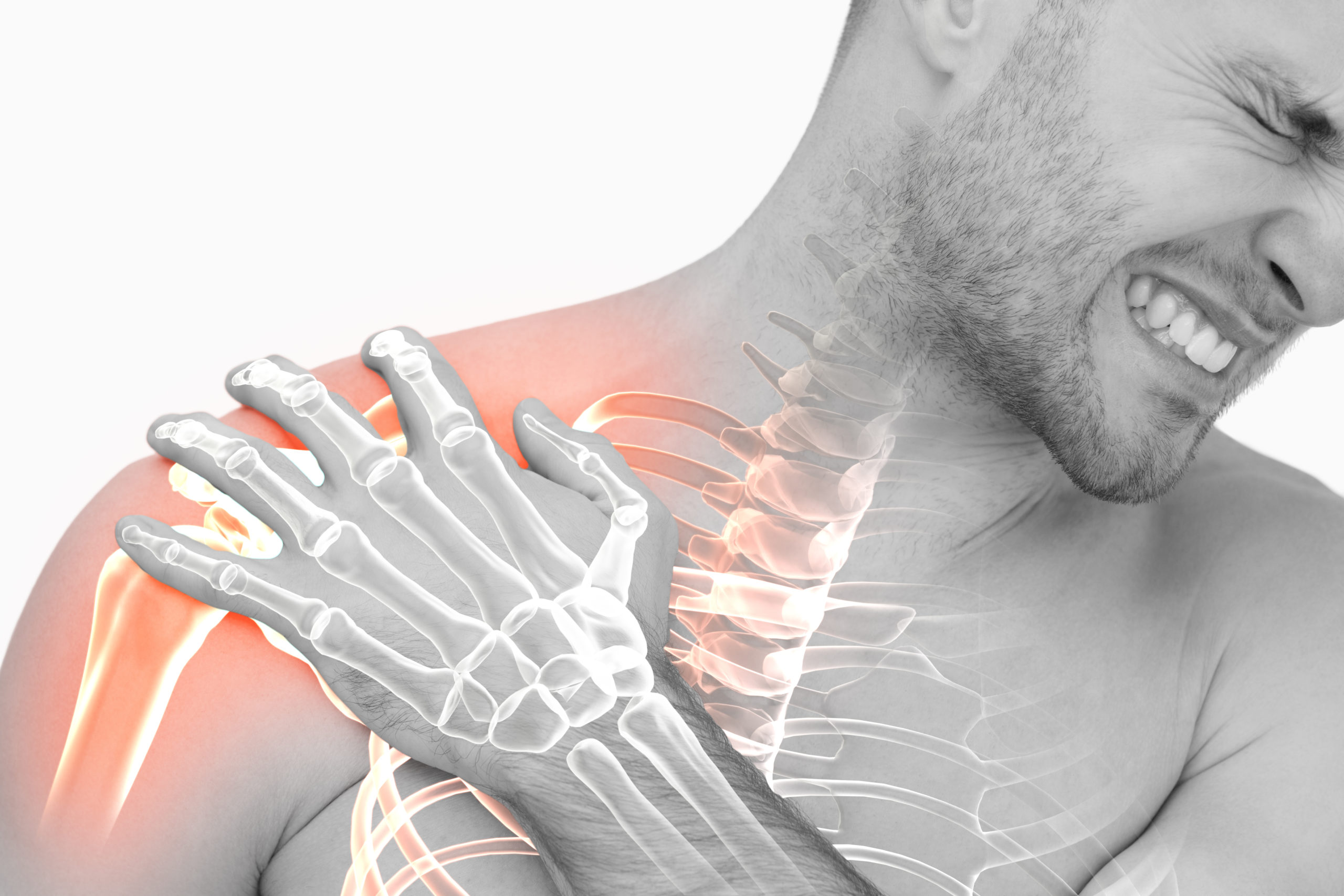
Shoulder impingement syndrome is a common cause of shoulder pain. It is also known as impingement syndrome or swimmer’s shoulder since it’s common in swimmers. It occurs when there is impingement of tendons or bursa in the shoulder from the bones of the shoulder. Overhead activity of the shoulder, especially repeated activity, is a risk factor for shoulder impingement syndrome Woodstock. Examples include tennis, swimming, painting, lifting, and other overhead sports. Other risk factors include bone and joint abnormalities.
With impingement syndrome, pain is persistent and affects everyday activities. Motions such as reaching up behind the back or reaching up overhead to put on a coat or blouse, for example, may cause pain.
Over time, impingement syndrome can lead to inflammation of the rotator cuff tendons (tendinitis) and bursa (bursitis). If not treated appropriately, the rotator cuff tendons can start to thin and tear.
Your rotator cuff is a group of muscles and tendons that attach your upper arm bone to your shoulder. They help you lift and rotate your arm. The rotator cuff sits under the top of the shoulder, which is called the acromion.
If you have shoulder impingement, your rotator cuff catches or rubs against the acromion. When you lift your arm, the space (bursa) between the rotator cuff and acromion narrows, which increases pressure. The increased pressure irritates the rotator cuff, leading to impingement.
When your rotator cuff is injured or irritated, it swells in much the same way your ankle does when it’s sprained. However, because your rotator cuff is surrounded by bone, swelling causes other events to occur. Swelling reduces the amount of space around the rotator cuff, leading to rubbing against the acromion.
Like a vicious cycle, the rubbing of the rotator cuff tendons causes swelling, which further narrows the space below the acromion. In some cases, bone spurs on the acromion bone can contribute to impingement by causing the space where the rotator cuff sits to be even more narrow.
Shoulder impingement syndrome is most commonly seen in individuals who’re involved in sports and other activities with a lot of overhead rotational motion – like baseball, swimming, tennis, and volleyball as well as things such as painting and window washing.
Shoulder impingement can also result from an injury, such as a fall onto an outstretched arm or directly onto the shoulder. Shoulder impingement syndrome is thought to be the cause of 44% to 65% of all shoulder pain complaints.
Your rotator cuff tendon passes through a space below the acromion. The acromion is the bony tip of the outer edge of your shoulder blade (scapula) that comes off the top of the back side of this bone. It meets with the end of your collar bone (clavicle) at your shoulder. Shoulder impingement syndrome Woodstock occurs when the tendon rubs against the acromion.
Symptoms of Shoulder Impingement Syndrome
The symptoms usually develop gradually over weeks to months. Shoulder impingement is closely related to other common sources of pain in the shoulder called rotator cuff tendonitis and bursitis. These conditions can occur alone or in combination.
Shoulder pain can also be a sign of a more serious injury to your rotator cuff, a small tear or a hole called a rotator cuff tear. If your rotator cuff has torn completely, you will likely have significant weakness and may not be able to raise your arm against gravity.
In addition, you may have a rupture (tear) of your biceps muscle tendon as part of this continuing impingement process.
Your doctor will take your medical history and perform a physical examination to check for pain and tenderness. The doctor will also assess the range of motion of your shoulder and your arm/shoulder strength.
Your physician will ask if you’re involved in repetitive activities that require overhead arm movement, what remedies you have tried to relieve your pain, prior injuries to the affected arm/shoulder and any details about what may have caused your shoulder pain and when it began.
X-rays are helpful to rule out arthritis and may show the rotator cuff injury. There may be bone spurs or changes in the normal outline of the bone where the rotator cuff normally attaches. Magnetic resonance imaging (MRI) and ultrasound can show tears in the rotator cuff tendons and inflammation in the bursa.
The goal of treatment for shoulder impingement syndrome Woodstock is to reduce your pain and restore shoulder function. Treatments for impingement syndrome include rest, over-the-counter anti-inflammatory medications, ice, steroid injections and physical therapy.
Oral anti-inflammatory medications — such as aspirin, ibuprofen, or naproxen, remain the most common treatment for impingement syndrome.
The medicines are usually given for six to eight weeks since it often takes that long to fully treat the problem. You should do this under the care of a doctor because these medications can cause stomach irritation and bleeding.
There is no preferred medication for shoulder impingement syndrome since the response to any given medication differs from person to person. If one anti-inflammatory medication doesn’t help within 10 to 14 days, then another one will be given until one that provides relief is found.
In addition to taking medications, daily stretching in a warm shower will help. You should work to reach your thumb up and behind your back. Avoid repetitive activities with your injured arm, particularly activities where the elbow would move above shoulder level.
Your doctor may refer you to a physical therapist who can demonstrate the exercises most effective in strengthening and stretching the shoulder muscles.
If you have persistent symptoms, despite the use of oral anti-inflammatory drugs, your doctor may consider a cortisone-type injection. Cortisone is a potent anti-inflammatory medication, which should be used only when necessary because it can result in the weakening of muscles and tendons if used repeatedly.
If symptoms persist or if significant weakness is present, then your doctor may perform an ultrasound, MRI, or arthrogram to rule out a rotator cuff tear. If the cuff is torn, surgery may be necessary to repair it.
The vast majority of people who have shoulder impingement syndrome Woodstock are successfully treated with medication, stretching exercises, and temporary avoidance of repetitive overhead activity until the condition settles down.
If other treatments don’t seem to work, you may need surgery to widen the space around your rotator cuff. This allows it to move freely without catching or rubbing on your bone. This can usually be done with minimally invasive arthroscopic surgery, though more severe cases may need traditional open surgery. A recent study has questioned the benefit of removing the bone just for impingement.
In rare, advanced cases of shoulder impingement, your rotator cuff can tear. If this happens, you will likely need surgery to repair the tear. Following any type of shoulder surgery, you may need to briefly wear an arm sling. Your orthopedic surgeon will determine when you can remove the sling.
Surgery should only be considered if nonsurgical treatments don’t relieve your pain. One surgery called subacromial decompression or arthroscopic shoulder decompression removes part of the acromion to create more space for the rotator cuff.
This procedure can be performed arthroscopically, which means through small cuts (incisions) in your shoulder. Other problems with your shoulder can be repaired at the time of surgery including arthritis in the shoulder, inflammation of the biceps tendon and partial rotator cuff tear.
Open surgery, a surgery with a larger cut in the front of your shoulder, is another option.
If you are experiencing persistent shoulder pain and looking for treatment, visit or contact Advanced Health Solutions – GA Spine & Disc for proper medical evaluation and treatment. We have a team of highly qualified and experienced doctors, physical therapists and chiropractors who can effectively diagnose shoulder impingement syndrome Woodstock and provide the appropriate treatment.
Are you experiencing shoulder impingement syndrome Woodstock? Contact us now at (770) 926-9495 or online to book an appointment today. Stop suffering in silence! We are here to help you get the pain relief you need.



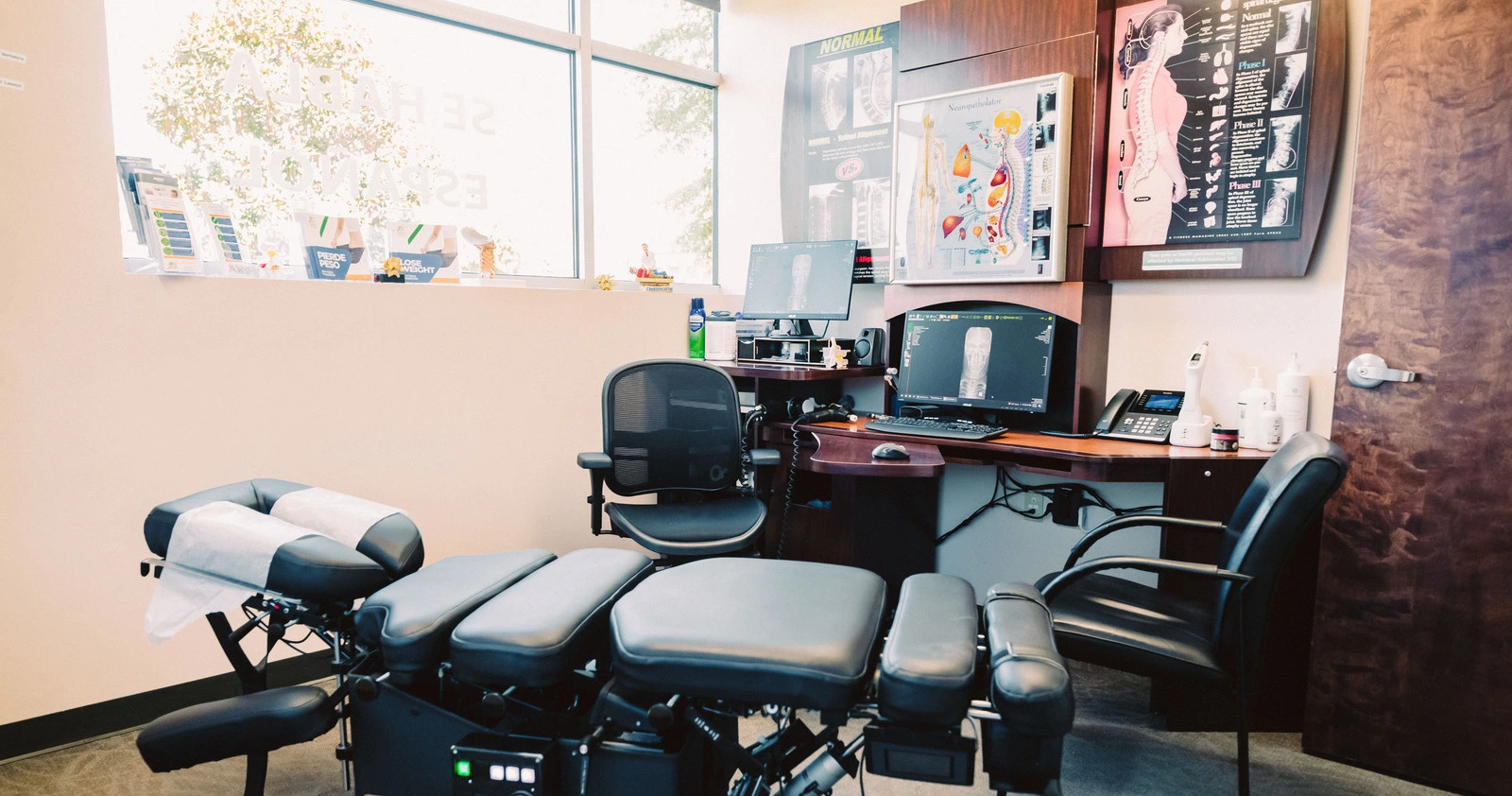




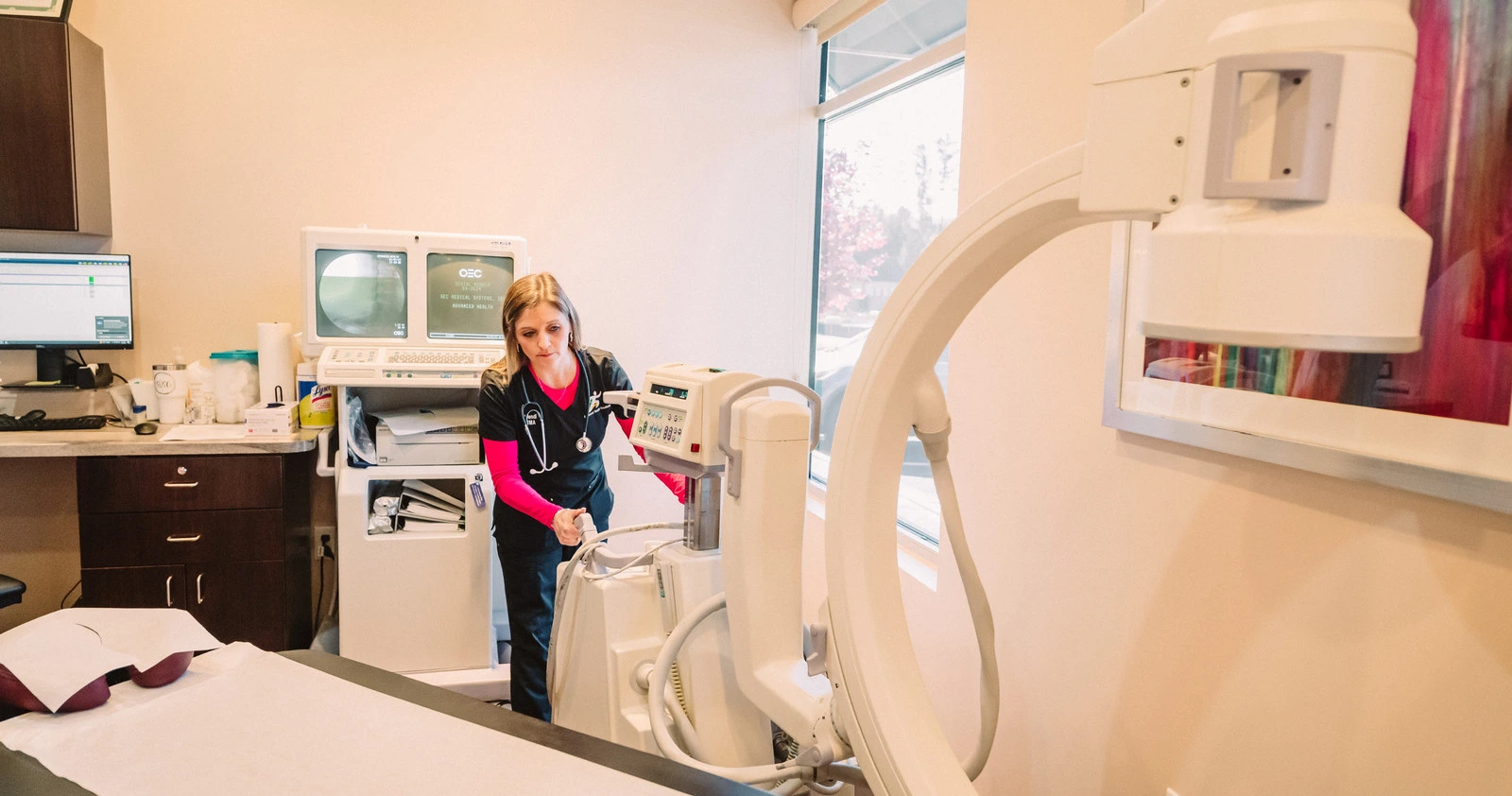

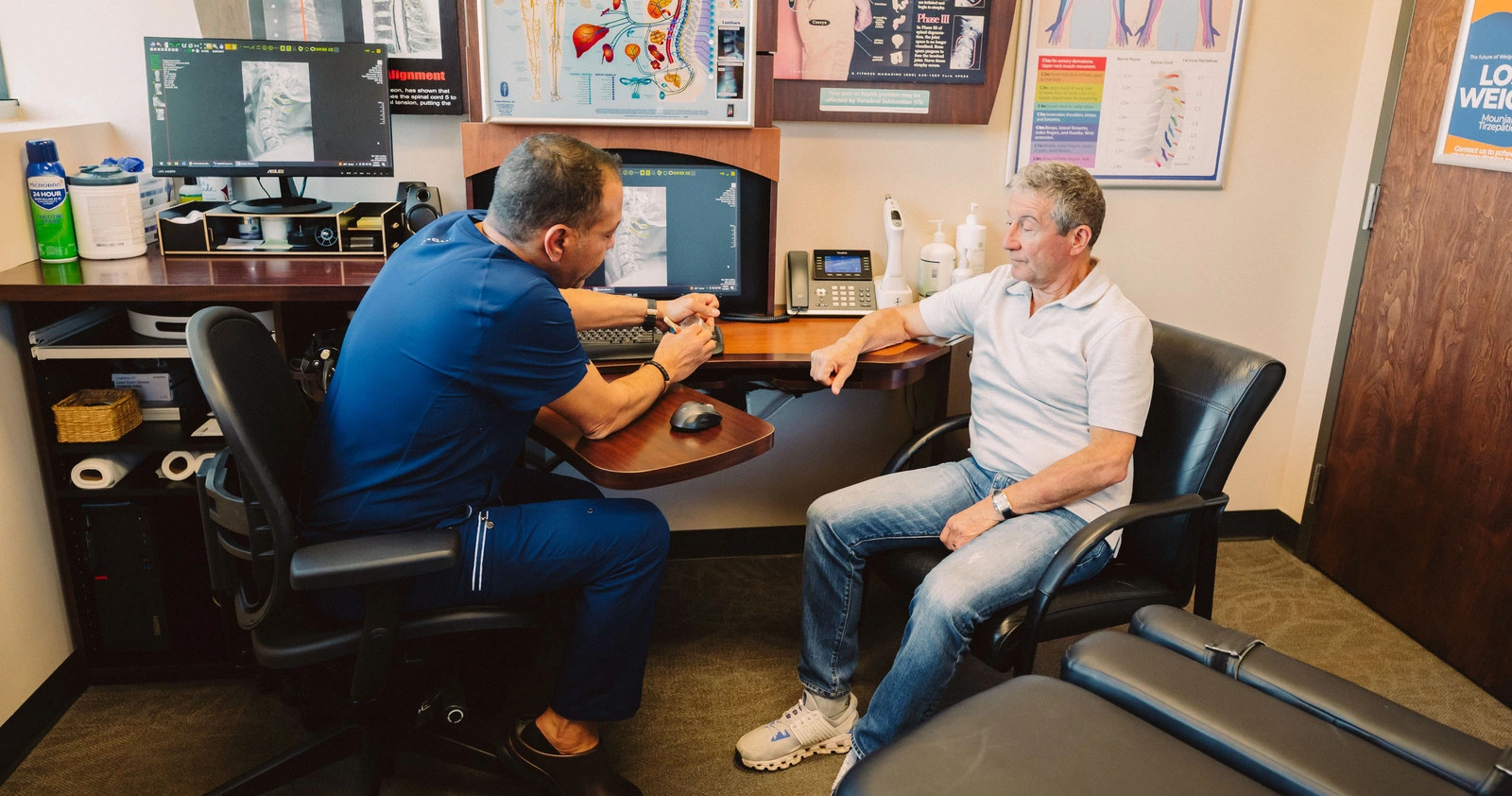


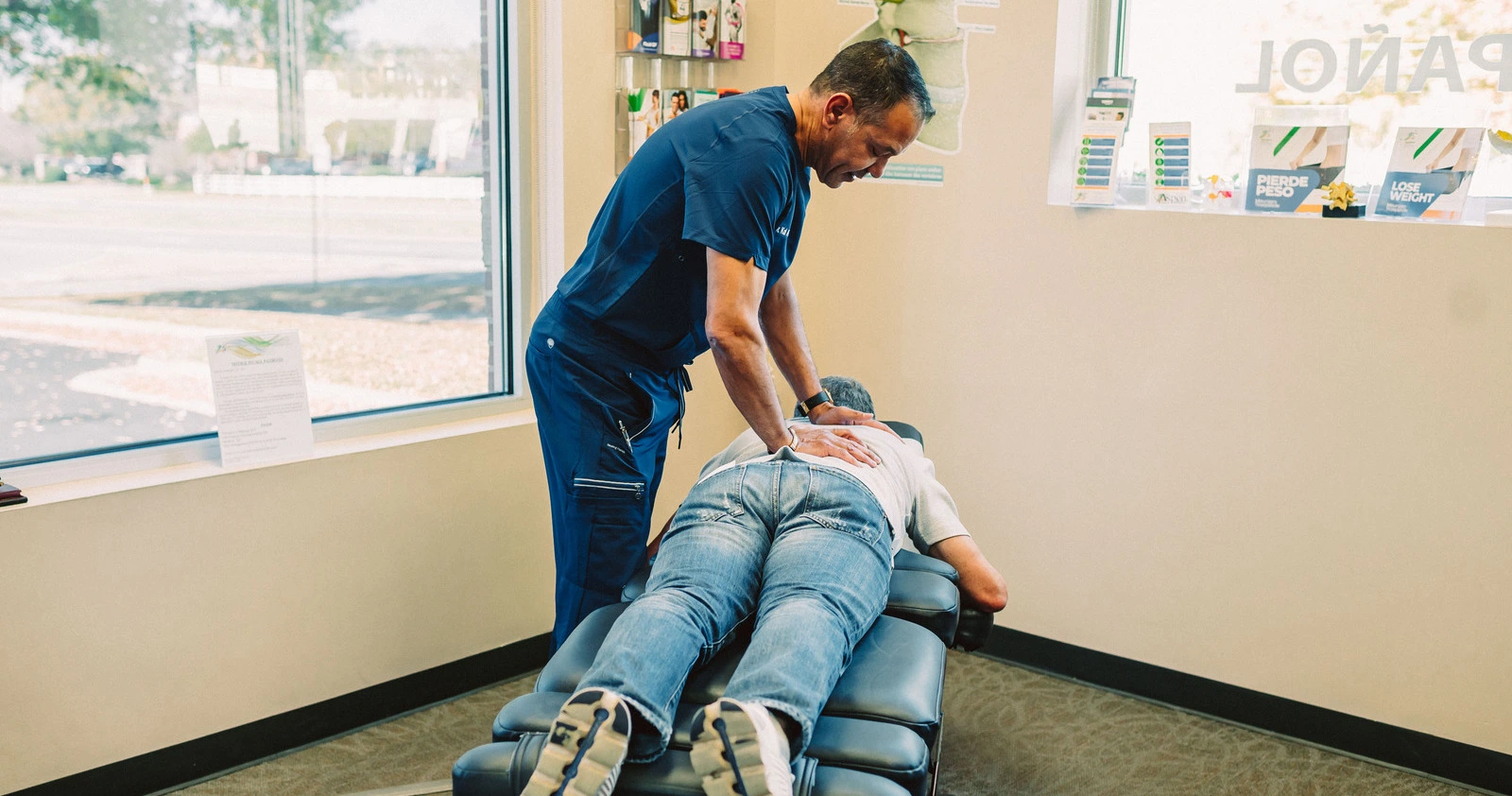
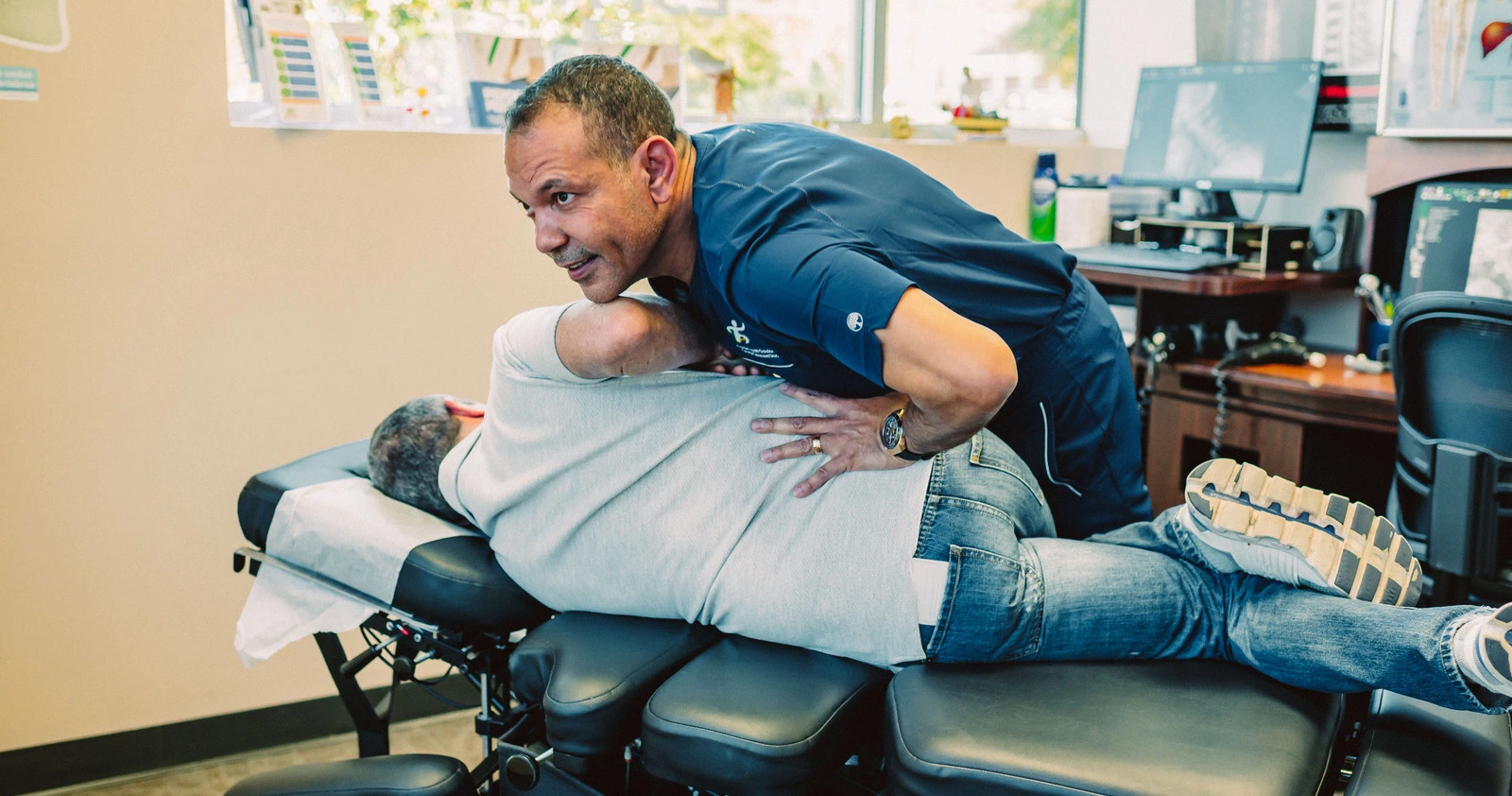
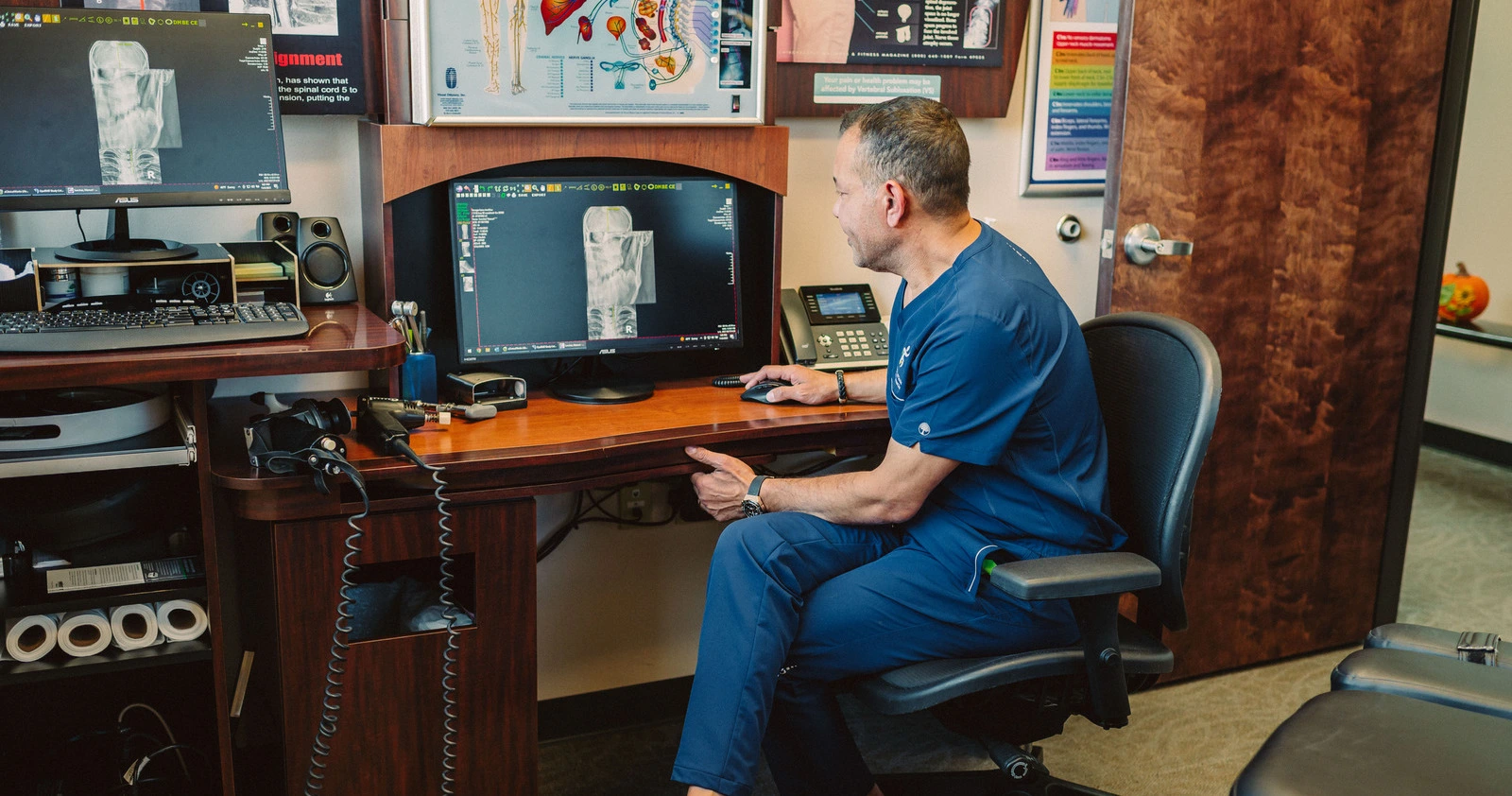

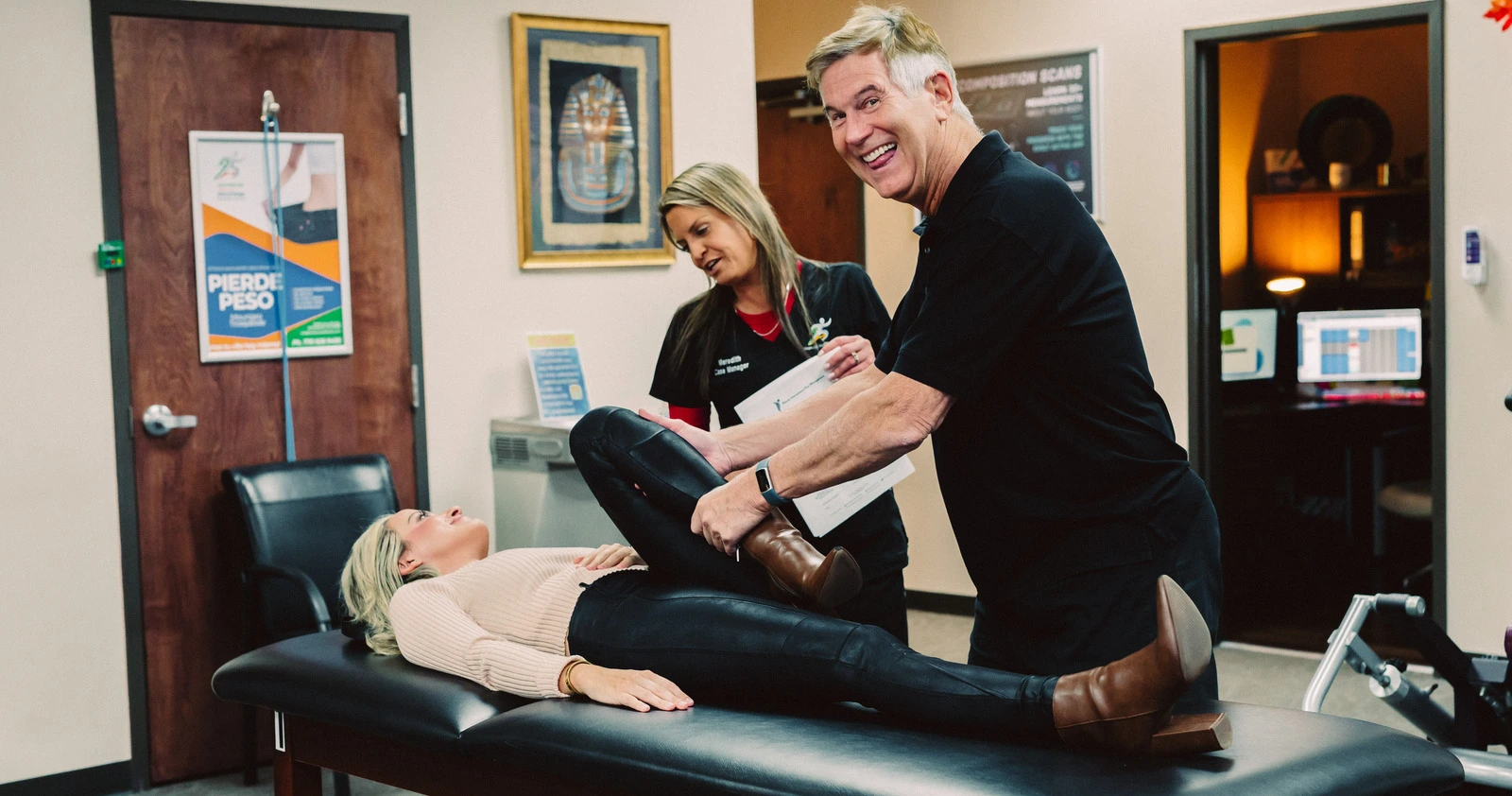
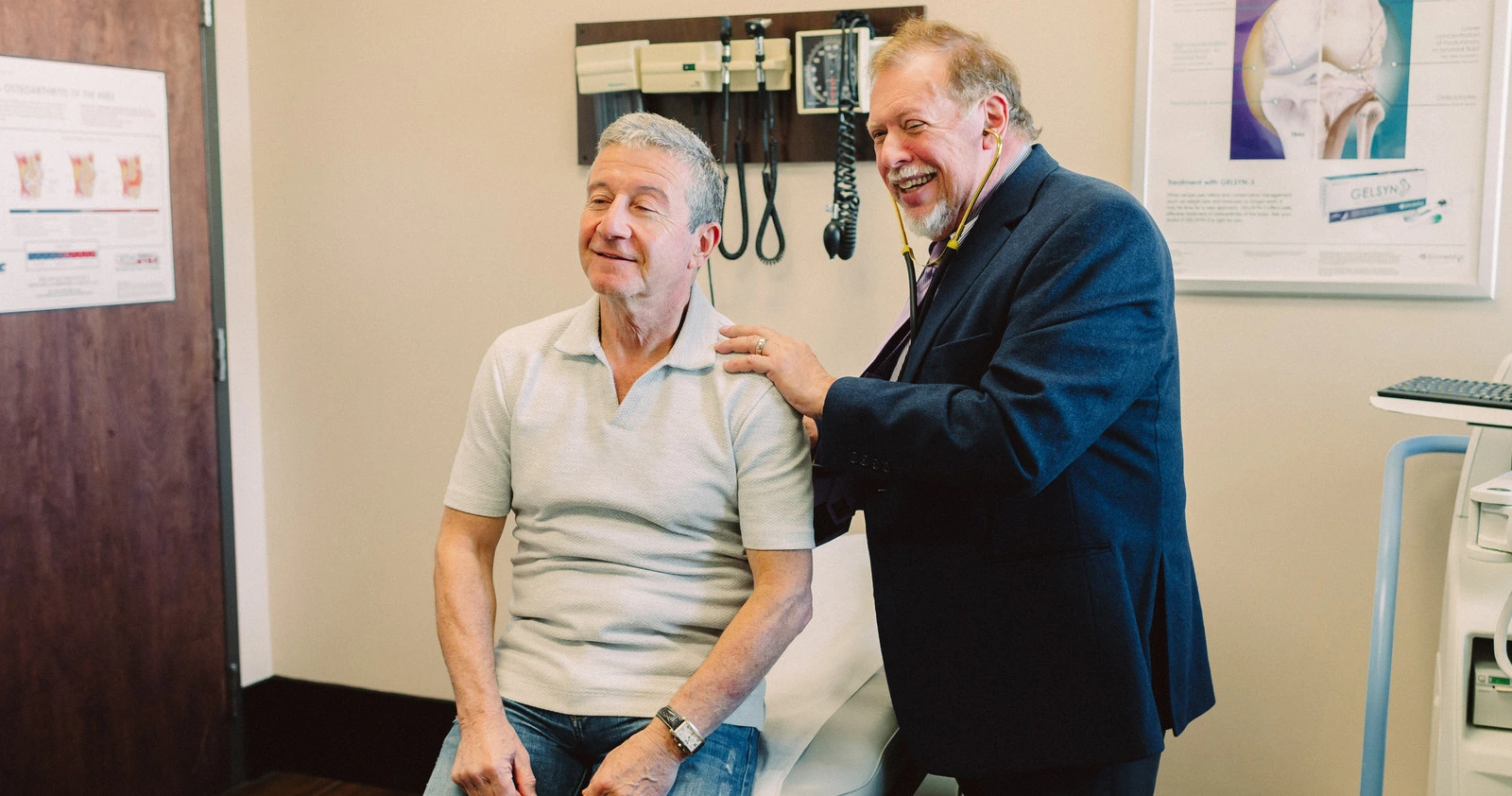
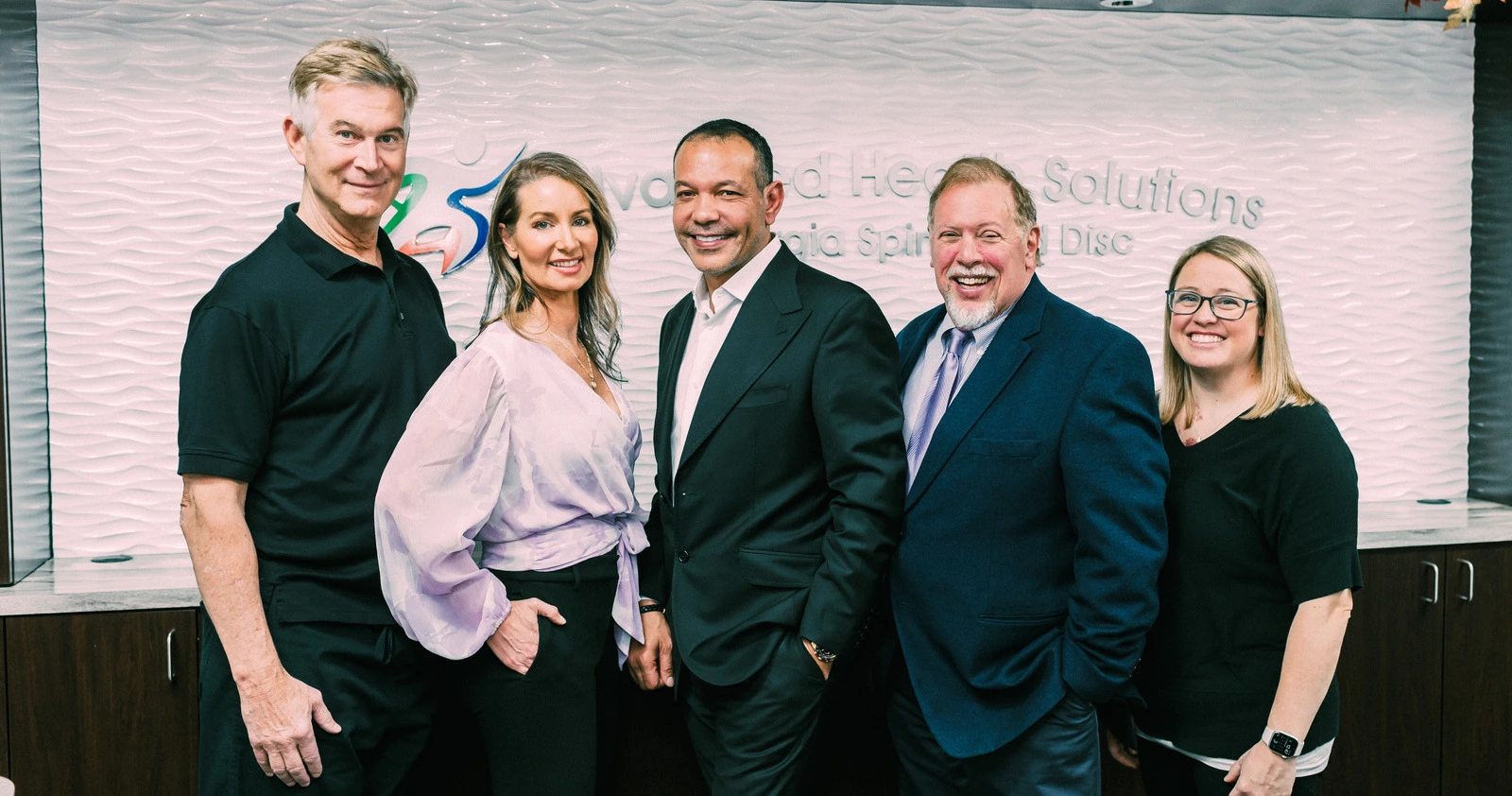

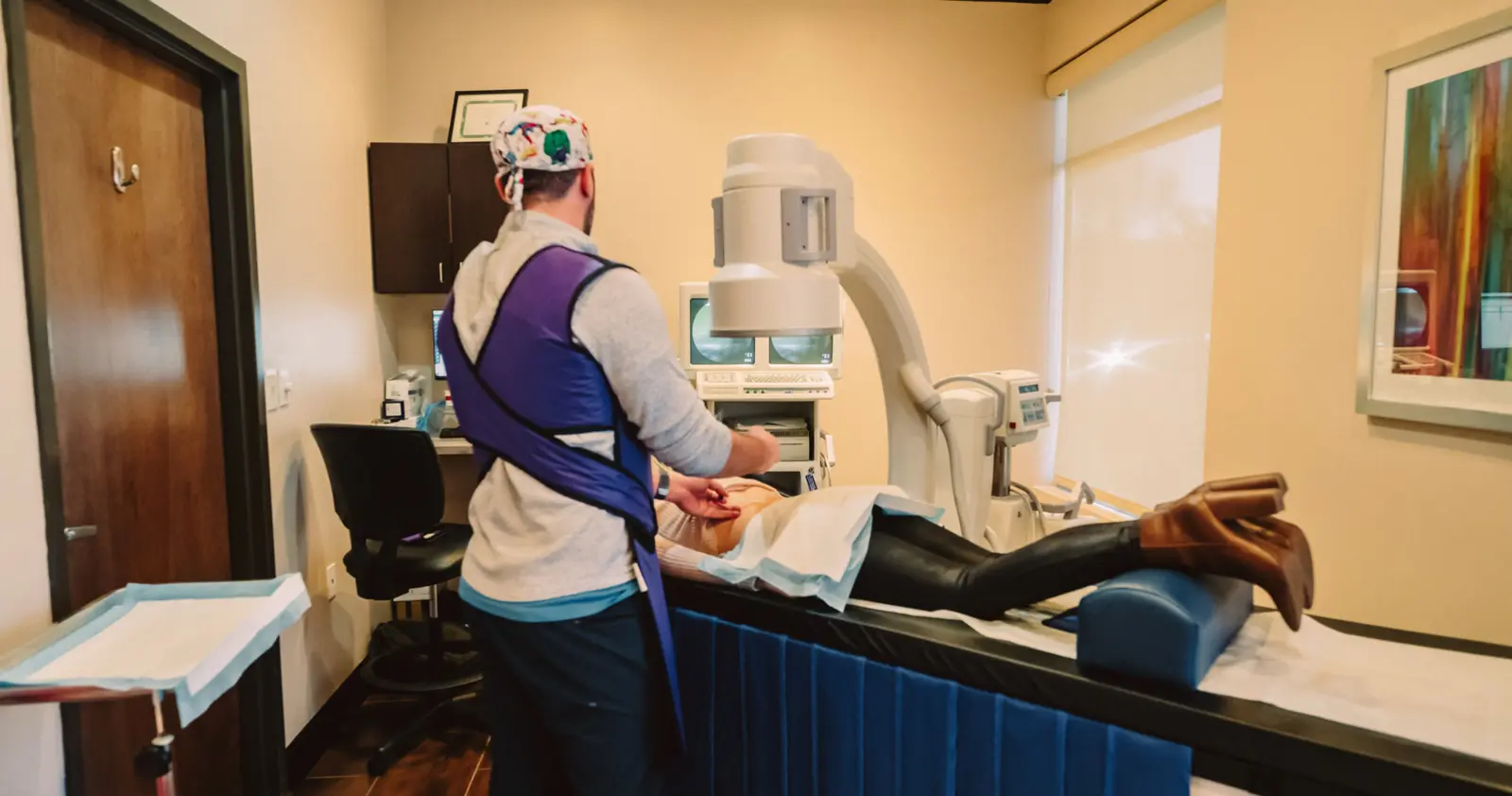

Our medical clinic offers a wide range of services, including primary care, specialty care, preventive care, diagnostic testing, chiropractic, physical therapy, and more. We strive to provide comprehensive and personalized healthcare to our patients.
Our medical professionals are highly trained and experienced in their respective fields. We have a team of doctors, nurses, specialists, and support staff who are dedicated to providing quality care and ensuring the well-being of our patients.
Our clinic(s) are conveniently located in a central area, with easy access to public transportation and ample parking facilities. We understand the importance of accessibility and strive to make it convenient for our patients to reach us. See all locations
We take pride in our high patient satisfaction rates and positive outcomes. We regularly collect feedback from our patients to continuously improve our services and ensure we meet their expectations. Read Our Reviews
We strive to work with a wide range of insurance providers to ensure that our services are accessible to as many patients as possible. We also offer flexible payment options and financial assistance programs to make healthcare affordable for our patients.
The purpose of this visit is to assess your symptoms, diagnose any potential conditions, and provide appropriate treatment or recommendations. Your healthcare provider will outline the recommended treatment plan, which may include medications, lifestyle changes, therapies, or referrals to specialists, depending on your condition.
In addition to our core medical services, we may offer additional benefits such as extended hours, online appointment scheduling, electronic medical records, and patient education resources.
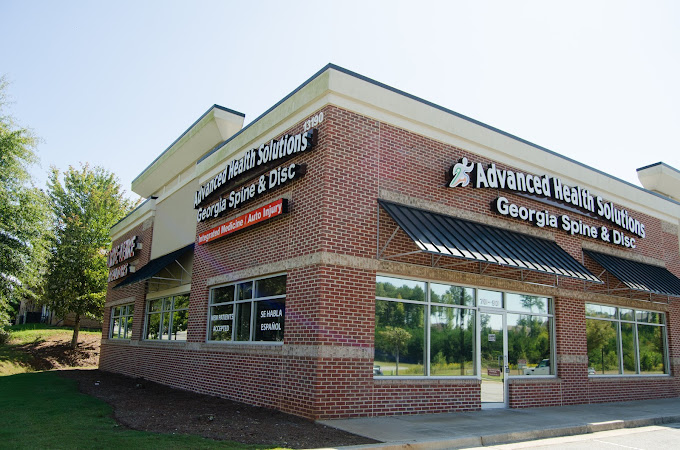

We are a Multidisciplinary Clinic with over 75 years of Combined Experience